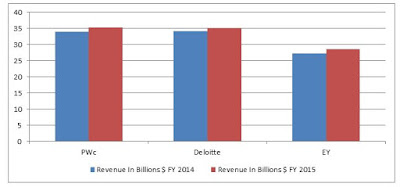Accounting estimate as defined in ISA
540 – “An approximation of a monetary
amount in the absence of a precise means of measurement. This term is used for
an amount measured at fair value where there is estimation uncertainty, as well
as for other amounts that require estimation. Where this ISA addresses only
accounting estimates involving measurement at fair value, the term “fair value
accounting estimates” is used.”
Some financial statement items
cannot be measured precisely, but can only be estimated. For purposes of this
discussion, such financial statement items are referred to as accounting
estimates. The nature and reliability of information available to management to
support the making of an accounting estimate varies widely, which thereby
affects the degree of estimation uncertainty associated with accounting
estimates. The degree of estimation uncertainty affects, in turn, the risks of
material misstatement of accounting estimates, including their susceptibility
to unintentional or intentional management bias.
Test of accounting estimates for bias
First perform a retrospective
review of significant accounting estimates reflected in the financial statements
of the prior year to determine whether management judgments and assumptions relating
to the estimates indicate a possible bias on the part of management.
The significant accounting
estimates selected for testing should include those that are based on highly
sensitive assumptions or are otherwise significantly affected by judgments made
by management. Consider the results of this retrospective review in evaluating
the current-year estimates. If we identify a possible bias on the part of management
in making prior-year accounting estimates, we should evaluate whether circumstances
producing such a bias represent a risk of a material misstatement due to fraud.
Secondly, consider whether
differences between estimates best supported by the audit evidence and the estimates
included in the financial statements, even if they are individually reasonable,
indicate a possible bias on the part of the entity's management. If so,
reconsider estimates taken as a whole.
Practice
For accounting estimates
(e.g., liabilities for certain employee benefits plans and legal
contingencies), evaluate the reasonableness of the methods and assumptions
management used to make the estimates. If management's methods and assumptions
were reasonable, test the data and assumptions underlying the estimates, and
re-compute the estimates. If management's methods and assumptions were not
reasonable, develop an independent range of reasonable estimates and determine
whether management's estimates fall within that range.








